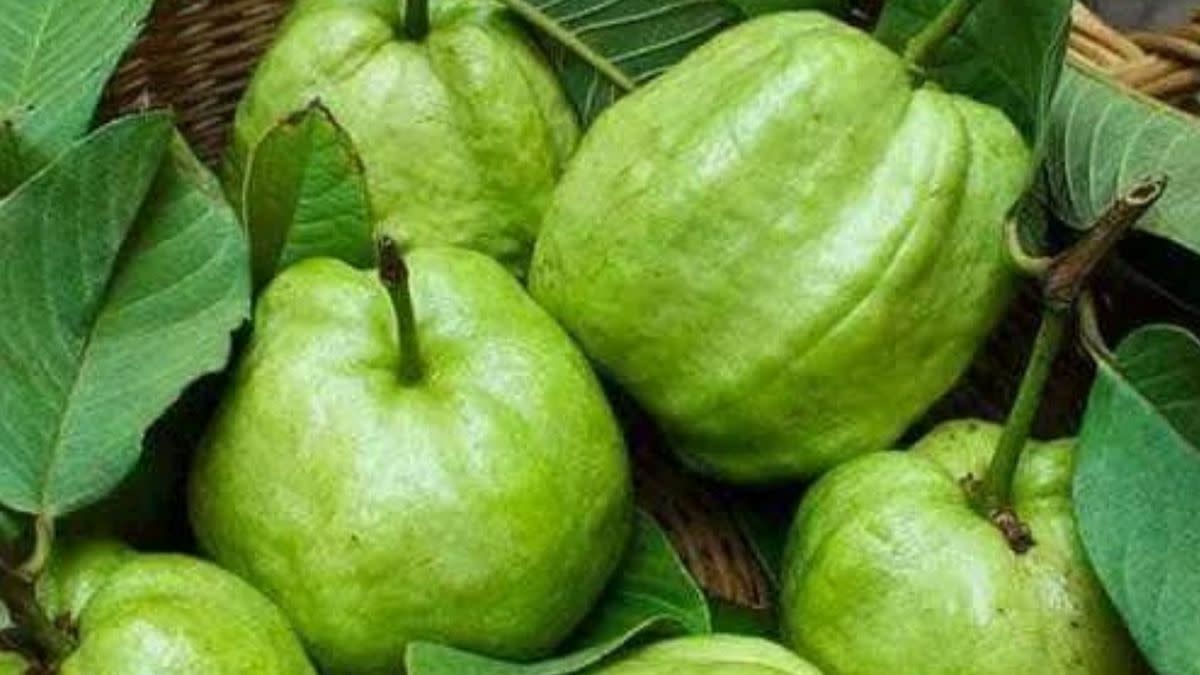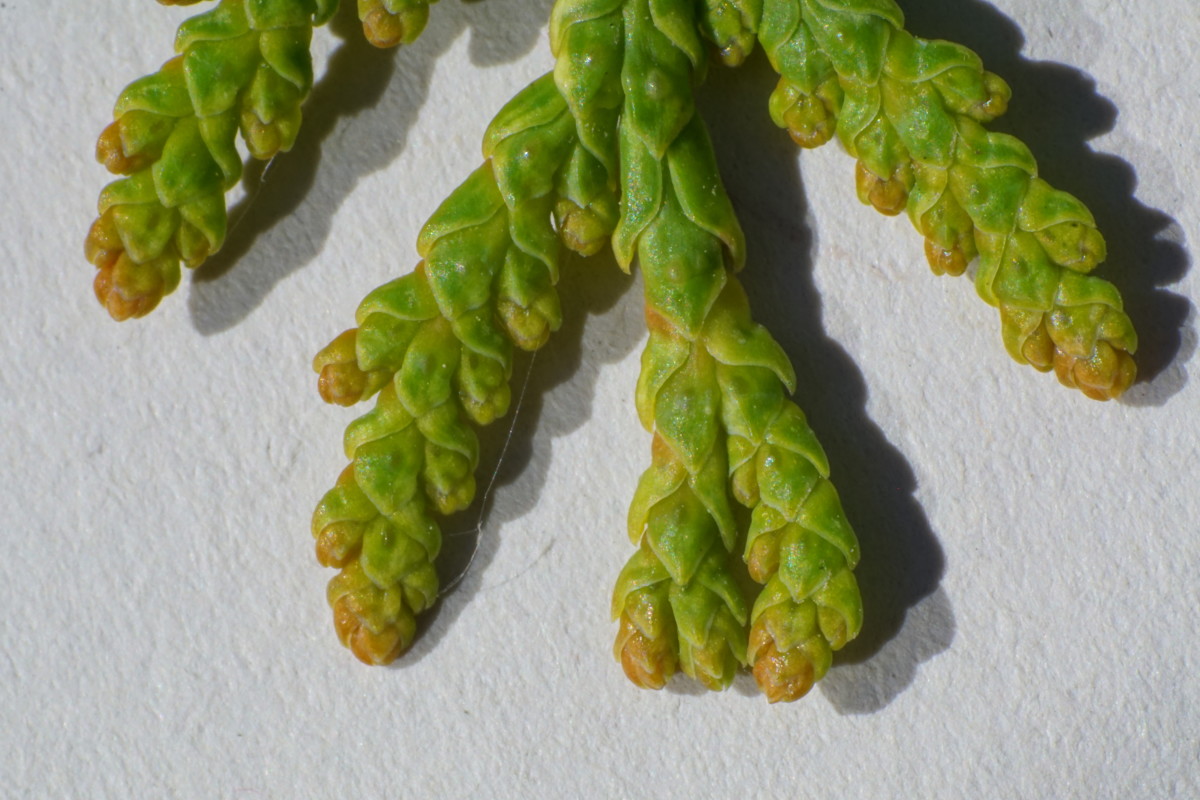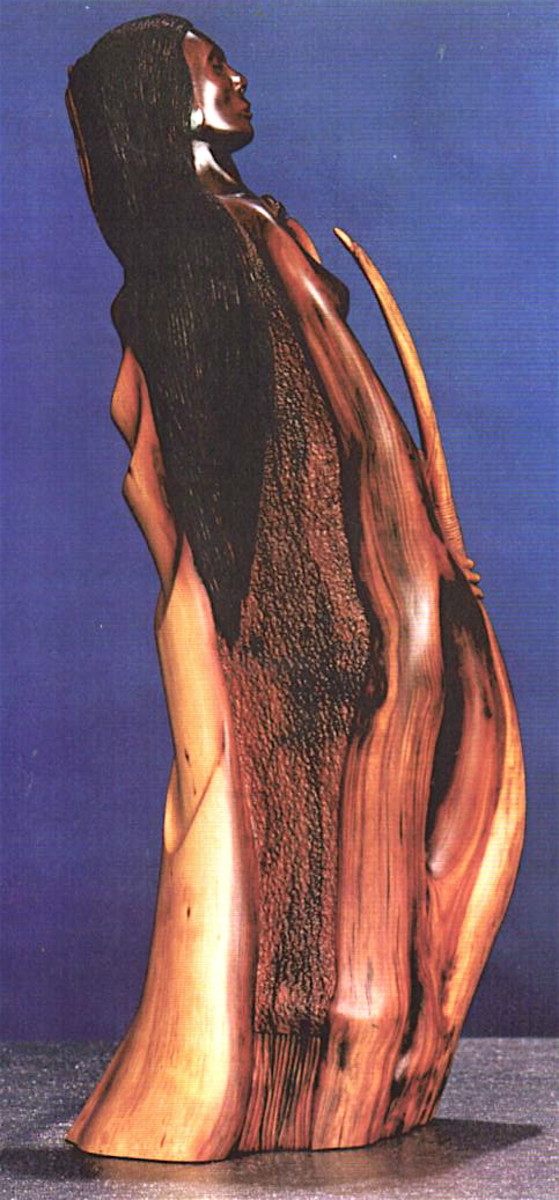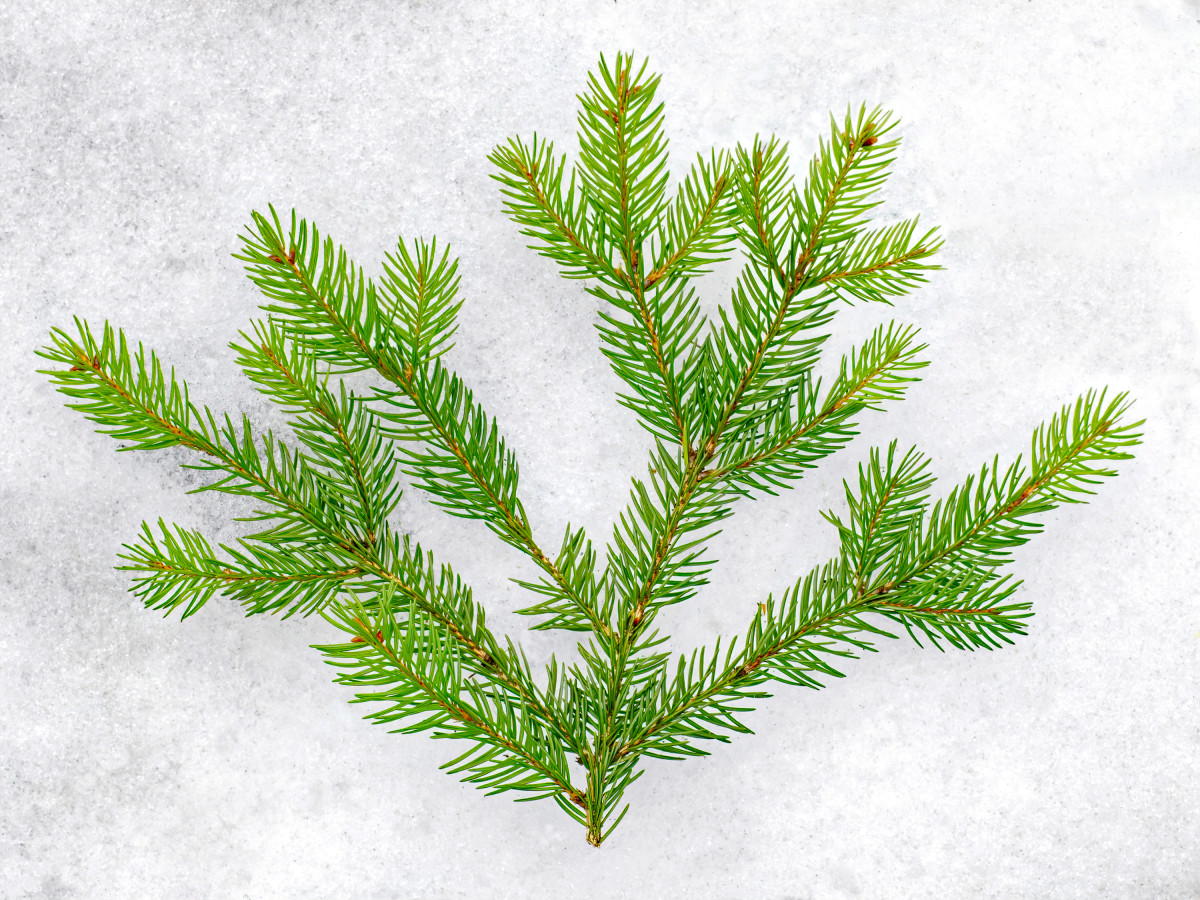Know Bitternut Hickory Better
The Butternut Hickory Tree Facts
Not only is this variety of hickory tree most uniformly distributed in the United States, but it’s dense network of expansive lateral roots provide great soil stability. The tree provides habitat to a variety of animals, birds and insects, the wood is preferred by beavers to make beaver dams in addition to the calcium-rich leaves and twigs enhancing nutrient content of the soil around the tree. With these contributions to nature along with their mostly expansive lush canopy offering more benefits, their positive impact on the ecological system and environment is unmistakable. Their contribution to human and wild life may not be as apparent as of some other hickory varieties with sweet nuts and high-grade timber, but these trees have been associated for decades with our life in numerous ways.
Although the bitternut hickory nut isn’t relished by either human or animals because of it’s unusually bitter taste and high tannin levels, the bitternut tree wood turns out to be quite useful for us as well as beavers. The wood along with having great shock resistance properties is an excellent source of high quality firewood too. The expansive roots provide great tree stability and the lush canopy turns sulphur yellow in autumn making bitternut one of the best suited trees for landscape ornamentation. These trees are least susceptible to insect infestation and other diseases among all hickory varieties. It is easy to confuse this hickory variety with ash tree, but knowledge of a few salient features makes identifying the bitternut hickory tree quite easy.
10 Facts to Know About Bitternut Hickory Trees
- Habitat: Bitternut tree is a very hardy variety of perennial hickories. Though they like swampy and bottomland wetlands, these trees are not averse to other soil types. You can as easily find bitternut trees on forest ridges as you can in wet mountain valleys, stream and riverbanks, or swamps. These trees can also grow in low nutrient and comparatively dry land. Though the bitternut variety of Hickory is found abundantly in America, especially eastern United States, it’s population isn’t particularly dense anywhere due to their the lot being scattered over varied locales. Another important fact to know, big clusters of bitternut hickory aren’t usually found in the wild and these trees are always found alongside some other dominant species. Mature bitternut tree requires full sun exposure to thrive but it tolerates partial shade like under maple, ash, oak or walnut tree while growing up.
- Structural statistics: This tree is characterized by a neat slender trunk shooting up from the ground, terminating in a stack of branches crowding towards the top. The trunk is silver to granite grey in color. In the wild, it’s canopy can be medium to somewhat sparse, but transplanted varieties have a more dense and expansive structure due to the space available around them. The trunk grows to about 1 meter in diameter and the trees generally reach 60 feet in height. The height of bitternut trees varies according to the soil quality and they tend to reach their maximum height in wet forest bottomlands or riverbanks.
- Bark: Constitution and quality of the bark help in distinguishing different hickory varieties. Some hickory trees like sand and shagbark owe their name to this distinctive feature. The bitternut hickory bark doesn’t curl, become scaly or peel off like some other hickory varieties and in fact has one of the most even textures. Young trees have a pale grey bark with very shallow grooves running vertically and the cracks are either yellowish red or almost white in color. Mature bitternut trees have a bit more pronounced fissuring that runs in a criss-cross pattern. The bark changes to a darker hue of grey and becomes quite similar to ash trees in texture. It is liked by animals like rabbits, rodents and beavers.
- Branches: The branches of the bitternut trees tend to be concentrated towards the top. However, at the top, one group of branch dangle loosely with their own green crown and the other group reaches towards the sky with a thick canopy. The young branches are grey with very shallow yellow-tinged grooves. The older and bigger ones have relatively coarse fissures and are granite grey in color. Current year branch tips often are adorned with female bitternut flowers in spring.
- Leaf: The bitternut hickory leaf is a group of about 7 leaflets along a slender stalk. Leaflets are narrow and elongated measuring up to 13 cm long. Leaves have fine serrations and are medium to dark green in color on top and lighter underneath. The crowning leaflet isn’t noticeably larger than it’s neighboring leaflets. The underside of the leaflets and the stalk are fuzzy while the top is smooth. Falling leaves leave a 3-lobed scar on the twig. These compound leaves have alternating leaflet placement while other trees like ash have mirroring or opposite placement. The bitternut leaves also look similar to pecan leaves but have smaller groupings with only about 7 leaflets per rachis as against at least 9 to 13 in pecan. In autumn, they generally turn a more vibrant hue of yellow than even maple trees. The bitternut hickory leaves and twigs have high calcium content and are very good soil-quality enhancers.
- Flower: The male and female flowers of bitternut grow on the same tree in mid-spring, the male variety appearing before the female. While the male flower prefers last year’s twig growth, the female flowers grow on fresh new twigs. The green staminate flowers have a yellow tinge to them, are about 3 to 4 inches in length, a bit hairy and occur in a grouping of about 3. The spiky female flowers are shorter and 4-angled.
- Nut: The bitternut hickory nut starts out life with a green husk sporting yellow scales. Though the nut is mostly globulus, it has a slightly flattened look. The young nut husk has four distinct ribs that terminate into a notably pointy beak. On maturity, the nut husk turns dark brown and peels off only halfway or around two-thirds of the fruit giving a winged appearance to the nut. The nutshell within is a lighter shade of brown than the husk and has a very sharp terminal point. Bitternut shell is hard but comparatively thinner than other hickory varieties. Bitterness of the nutmeat within is what earns this hickory tree it’s name. The bitternut hickory nut kernel has a reddish color, bitter and is round but flattened. Since most animals, including squirrels, do not prefer the tannin-rich taste of this nut, the bitternut tree depends mostly on wind and water for seed transportation. Bitternut yield time, similar to other hickories, is mostly through autumn but can start off in late summer and continue till early winter. This hickory tree starts producing nuts properly at around 30 years of age and slows down considerably after becoming 175 years old. The best yield age starts from around 50 years and extends to around 125 years. Good crops occur every 3 or 5 years with gradually diminishing yield in the intervening years.
- Terminal bud: The bitternut terminal bud is unique and different in it’s color and constitution from other hickory trees. It is considered as one of the most distinguishing features of bitternut hickory tree as against other hickory varieties. The terminal bud is singularly yellow in color and has only two scales, which do not overlap. The scales occur on opposite sides and cover the bud like duckbills. It makes the bud seem poking out from between two young leaves. Sometimes, it gets an orange hue because of a powdery coating over the scales. These are way more flat and long than seen in any other hickory variety.
- Roots: The root structure of bitternut hickory tree gives excellent stability to the tree structure and soil around. It has a dominant tap root that reaches down while a dense and expansive network of supporting roots keeps it firmly rooted to the ground. The root grows to it’s maximum depth in 5 years. But even by age 10, the bitternut canopy spread isn’t large enough to compete with the reach of it’s lateral roots. By then, the still growing dense network of supporting roots covers about double the area covered by the tree’s branches. The bitternut root growth cycle ranges from 4 to 8 cycles a year. This hickory variety has the handy ability to sprout from supporting lateral roots and root neck.
- Wood: The wood’s special feature is it’s ability to handle sudden shock and this quality was earlier used in making automobile wheel spokes. Currently, bitternut wood is used to make hammer and other instrument handles. They are also used to make sports equipment like lacrosse sticks. Drumsticks are mostly made of hickory wood because of their excellent capacity to handle sudden shock. Native Americans still use bitternut wood for making bows because of it’s flexibility. This wood is inferior in quality to some other varieties of hickory and develops tearouts frequently while being worked on, which makes them tough to handle. However, they react beautifully to steam bending and are thus used in many furniture and interior works. Bitternut wood is commonly used to make boxes, crates, barbecue charcoal and also firewood. They work superbly in fireplaces and furnaces because of their high thermal energy concentrate and quality of leaving very little ash residue behind. Since the bitternut hickory tree can be easily found near river or stream banks, beavers use the wood for construction of beaver dams.





